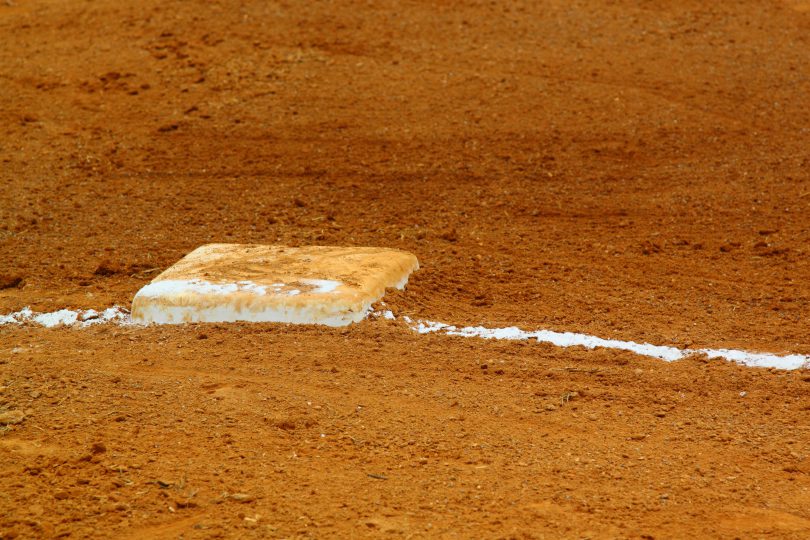The Situation: Runner on second, nobody out, the game is tied 3-3 in the 7th. The 2-hitter is at the plate in a bunt situation.
The Play: The hitter squares early. The third baseman creeps in a little but stays deep. The hitter places a bunt hard down the third base line. The lines are sloped slightly towards foul territory, and the ball starts to drift a little towards the line. The third baseman, seeing that the ball is bunted hard enough to pass the pitcher, crashes in, picks up the ball, and wings a throw to first.
The Outcome: The throw tails into the baseline and the first baseman scrambles as the ball rolls towards the fence. The runner who started on second wheels around third and scores easily. The hitter ends up on second base.
What Went Wrong?
The third baseman had the right idea, but wasn’t as prepared as he should’ve been. When a sacrifice bunt is past the pitcher, it is the third baseman’s job to recognize that it’s now his ball. He has to give up his position, crash, and make the play.
However, the result could have been very different if the team had taken an extra step before the game began. In college, you’re going to play on all different kinds of fields that have all different quirks. Some are even tailored to give the advantage to the type of team that the home team has that year. Some teams with speed will make sure they have perfectly flat baselines so that their drag bunts for hits won’t go foul. Other teams will have fields that slope foul, taking away the bunts down the lines.
Whenever you’re playing on a new field, take some time before the game, during batting practice or pregame infield/outfield, to roll some balls down the lines. See if they stay fair, or if they start rolling foul. When you do this, make sure both your corner infielders and your catcher know the tendencies of the field. Then relay that information to the pitcher before the game.
Always be prepared to adapt to changing conditions. In college, you’re going to have to focus on all the details of the game. Things like the weather, the field, the type of dirt, and the length of the grass, will all come in to play. Be ready to adapt to them. Understand what impact they’ll have on different plays. Be prepared. Think the game.







